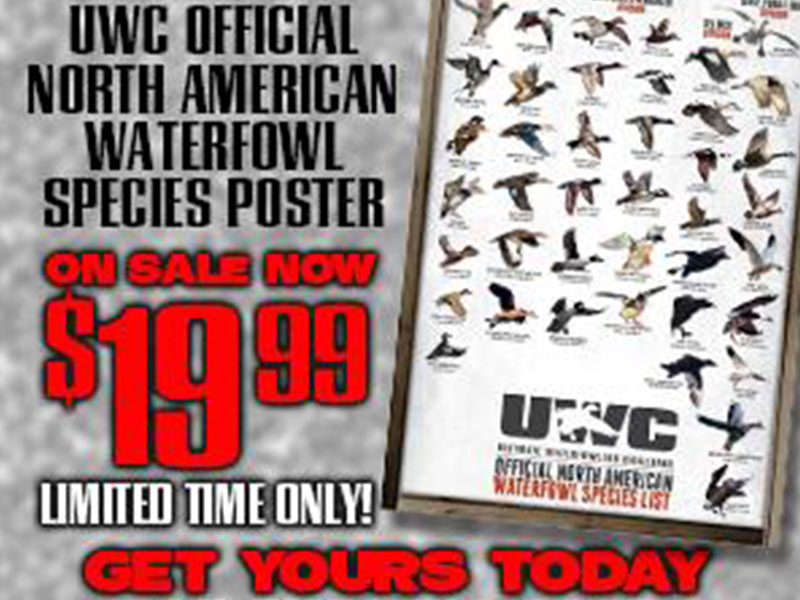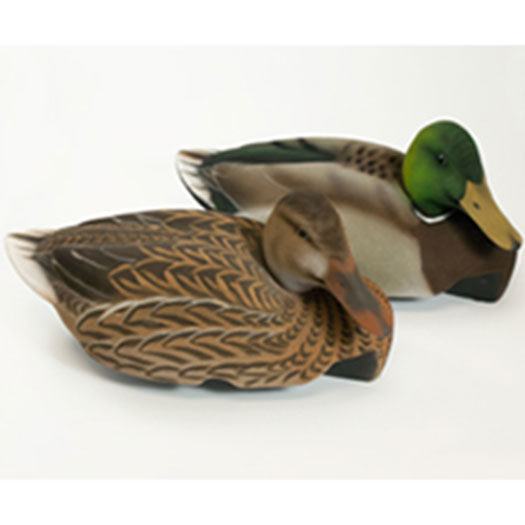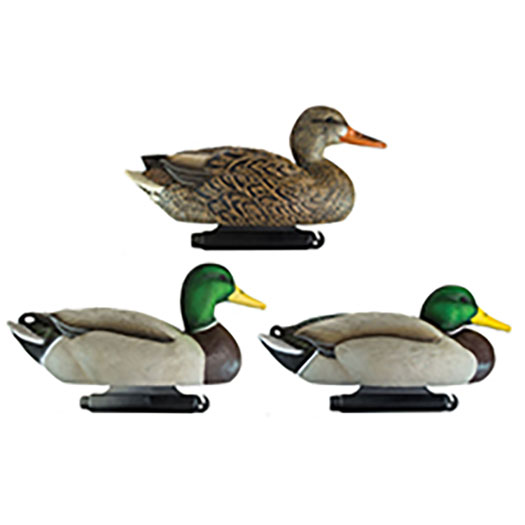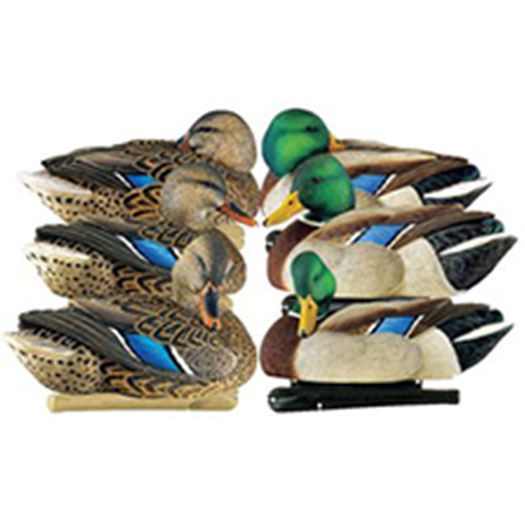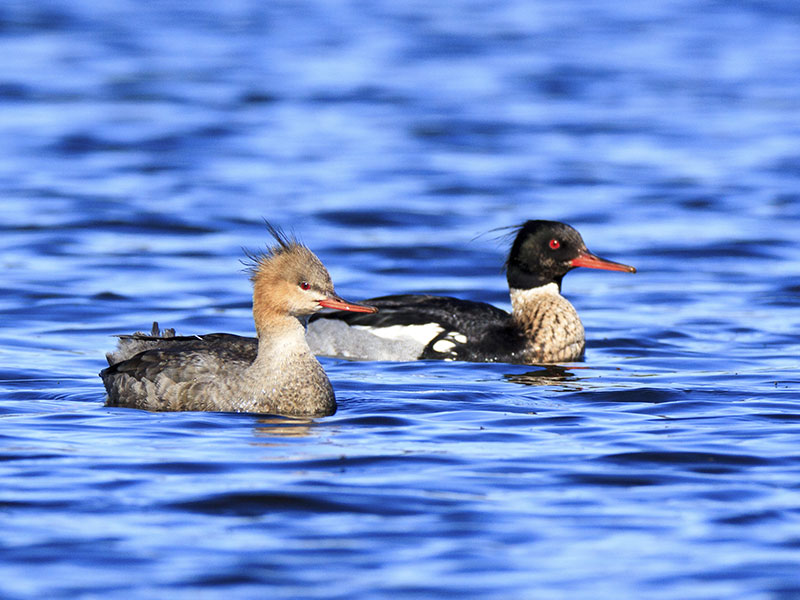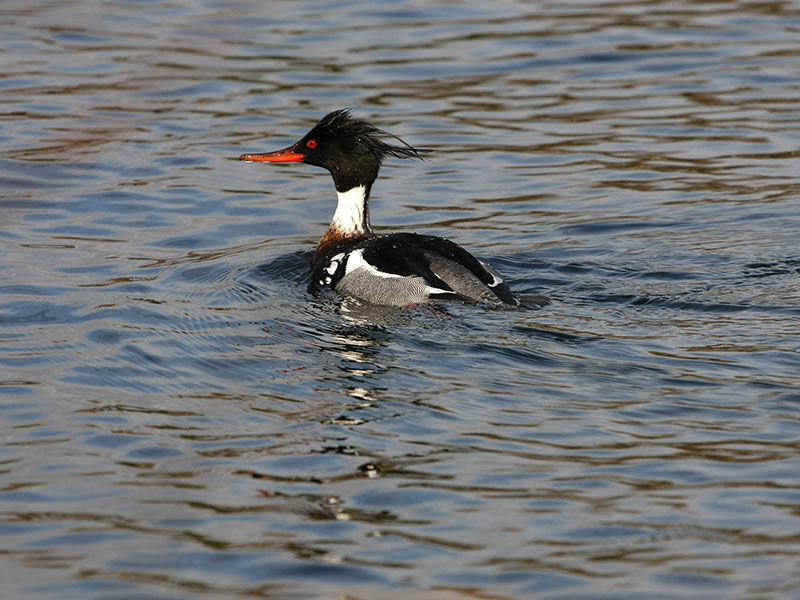Red Breasted Merganser Hunting
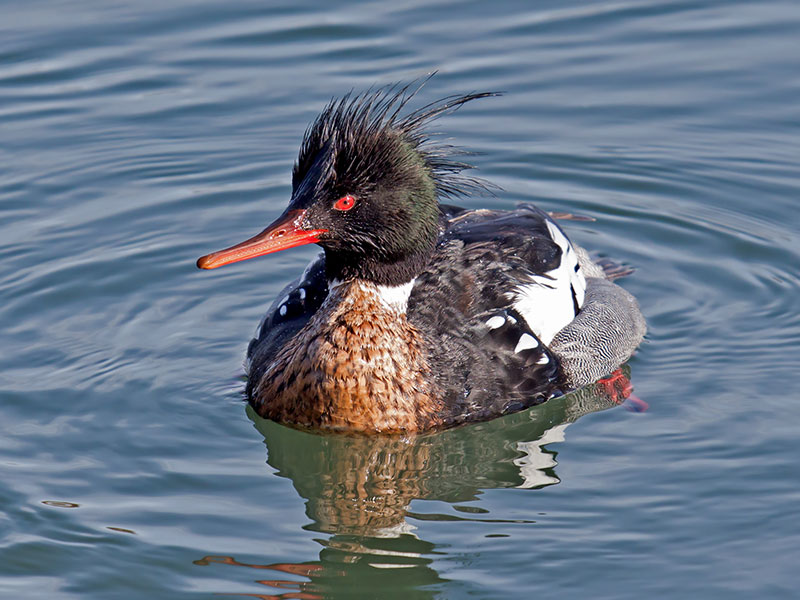
RED-BREASTED MERGANSER
Mergus Serrator
Lifespan: 6 YRS on AVG (Adult)
Higher Classification: Mergus
Wingspan: 26-29.1 in (Adult)
Length: 20.1-25.2 in (Adult)
Weight: M 1.56 lbs, F 1.52 lbs
RELATED NAMES
- Sawbill
LOOKING TO BOOK A WORLD CLASS RED-BREASTED MERGANSER HUNTING ADVENTURE?
DESTINATION #7:
EAST COAST SEA DUCKS
Location: EAST COAST
Hunt Package: Click here for pricing
Featured Waterfowl Species: EIDERS, OLD SQUAW, SCOTERS, BRANT, BLACK DUCKS & MORE
Possession Limits: 5 SEA DUCKS, 6 DUCKS, 2 BRANT, 5 MERGS. / POSS: 3 X’S DAILY
HUNTING TIPS & TACTICS
The Red-breasted Merganser is a large diving duck that primarily feeds on fish but will also feed on crustaceans, insects, and tadpoles. Of the three merganser species, the Red-Breasted Merganser is most likely to be found on the salt water, off either of the coasts. And thus can be a hard bird to target for inland waterfowl hunters across the country.
The drake Red-breasted Merganser has the signature iridescent greenish black head with the Mohawk top. The neck is white and the chest has a deep, rusty speckled pattern with black. The bill is scarlet-orange and it has red eyes.
Due to the fact that the Red-breasted Merganser, along with all three species of Mergansers in North America, have a reputation for tasting poor, they are more sought after by waterfowl collectors for taxidermy purposes more than anything. However having a 6 bird daily bag limit that does not count against the waterfowler’s standard bag limit in most states, they can be a fun bird to target and offer an additional opportunity to hunt.
When targeting the Red-breasted Merganser in a hunting situation, outfitter Jeremiah Brooks says that when he targets these birds he simply sets up his standard sea duck spread off the coastal areas but picks an area that offers a tight bottleneck so the birds will give his hunters a fly by within gunning range. He then sets out a pair of Red-breasted merganser decs about 20 yards off to one side of the spread. Jeremiah notes that the birds always fly in singles or pairs. He states that his hunters are very successful using this method of hunting.
Finally, we would like to note that even though the Red-breasted Merganser, along with the other two species of Mergansers are not known to taste very good, we do highly encourage all hunters to eat what they kill. Doing a little online research can be a great way to find recipes that other hunters have used successfully. We would like to share one option, but there are many more ways to eat these beautiful birds, so please respect the birds and animals you hunt and eat what you kill.
AFTER THE KILL
Grilled Mergs wrapped in Bacon: Breast the Merganser out completely, removing all skin and fat. The fat holds much of the “bad” taste associated with Mergansers. Marinate the breast(s) in pineapple juice for at least 24 hours. 48 is better, 72 hours even more so. Drain the juice off, rinse the breasts and wrap each breast with a slice of maple cured bacon. Then heavily slather with BBQ sauce. Grill medium rare and serve hot.
UWC OFFICIAL NORTH AMERICAN WATERFOWL SPECIES POSTER
$17.99
The UWC has put together a beautiful 19″ x 27″ Official North American Waterfowl Species laminated poster that showcases all 41 of the different waterfowl species that inhabit the lands and waters of North America!
Each waterfowl species listed in The UWC Waterfowl Species Poster comes with the common and scientific name for proper waterfowl identification.
RECOMMENDED DECOYS
UWC OFFICIAL SPECIES LIST

RED-BREASTED MERGANSER
Mergus Serrator
Lifespan: 6 YRS on AVG (Adult)
Higher Classification: Mergus
Wingspan: 26-29.1 in (Adult)
Length: 20.1-25.2 in (Adult)
Weight: M 1.56 lbs, F 1.52 lbs
RELATED NAMES
- Sawbill
LOOKING TO BOOK A WORLD CLASS RED-BREASTED MERGANSER HUNTING ADVENTURE?
DESTINATION #7:
EAST COAST SEA DUCKS
Location: EAST COAST
Hunt Package: Click here for pricing
Featured Waterfowl Species: EIDERS, OLD SQUAW, SCOTERS, BRANT, BLACK DUCKS & MORE
Possession Limits: 5 SEA DUCKS, 6 DUCKS, 2 BRANT, 5 MERGS. / POSS: 3 X’S DAILY
HUNTING TIPS & TACTICS
The Red-breasted Merganser is a large diving duck that primarily feeds on fish but will also feed on crustaceans, insects, and tadpoles. Of the three merganser species, the Red-Breasted Merganser is most likely to be found on the salt water, off either of the coasts. And thus can be a hard bird to target for inland waterfowl hunters across the country.
The drake Red-breasted Merganser has the signature iridescent greenish black head with the Mohawk top. The neck is white and the chest has a deep, rusty speckled pattern with black. The bill is scarlet-orange and it has red eyes.
Due to the fact that the Red-breasted Merganser, along with all three species of Mergansers in North America, have a reputation for tasting poor, they are more sought after by waterfowl collectors for taxidermy purposes more than anything. However having a 6 bird daily bag limit that does not count against the waterfowler’s standard bag limit in most states, they can be a fun bird to target and offer an additional opportunity to hunt.
When targeting the Red-breasted Merganser in a hunting situation, outfitter Jeremiah Brooks says that when he targets these birds he simply sets up his standard sea duck spread off the coastal areas but picks an area that offers a tight bottleneck so the birds will give his hunters a fly by within gunning range. He then sets out a pair of Red-breasted merganser decs about 20 yards off to one side of the spread. Jeremiah notes that the birds always fly in singles or pairs. He states that his hunters are very successful using this method of hunting.
Finally, we would like to note that even though the Red-breasted Merganser, along with the other two species of Mergansers are not known to taste very good, we do highly encourage all hunters to eat what they kill. Doing a little online research can be a great way to find recipes that other hunters have used successfully. We would like to share one option, but there are many more ways to eat these beautiful birds, so please respect the birds and animals you hunt and eat what you kill.
AFTER THE KILL
Grilled Mergs wrapped in Bacon: Breast the Merganser out completely, removing all skin and fat. The fat holds much of the “bad” taste associated with Mergansers. Marinate the breast(s) in pineapple juice for at least 24 hours. 48 is better, 72 hours even more so. Drain the juice off, rinse the breasts and wrap each breast with a slice of maple cured bacon. Then heavily slather with BBQ sauce. Grill medium rare and serve hot.
UWC OFFICIAL NORTH AMERICAN WATERFOWL SPECIES POSTER
$17.99
The UWC has put together a beautiful 19″ x 27″ Official North American Waterfowl Species laminated poster that showcases all 41 of the different waterfowl species that inhabit the lands and waters of North America!
Each waterfowl species listed in The UWC Waterfowl Species Poster comes with the common and scientific name for proper waterfowl identification.

